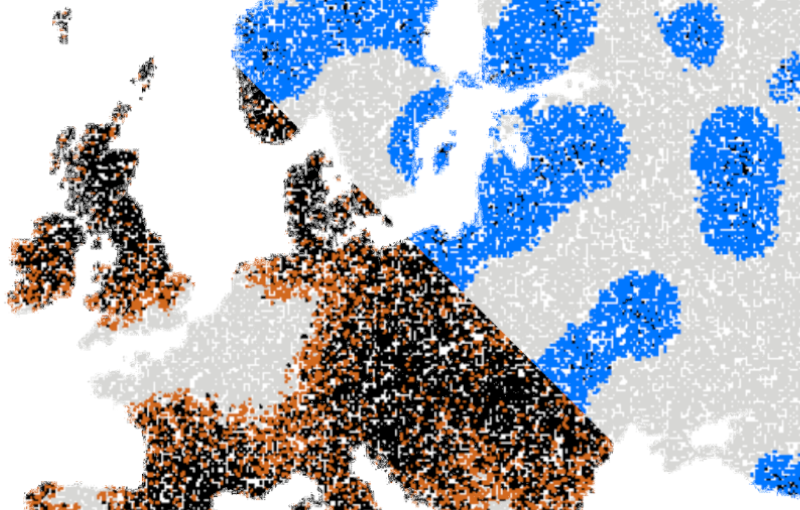The last round table of this workshop regarded the topic advanced control of active matter. As organizers of round table, Audrey Nsamela, Chun-Jen Chen, Sandrine Heijnen, Harshith Bachimanchi and Alireza Khoshzaban, we welcomed and introduced our esteemed guests, namely Jérémie Palacci from University of San Diego, Clemens Bechinger from Konstanz University, Frank Cichos from Leipzig University, and Lucio Isa from ETH Zurich.
The round table started out with a clarification on advanced control of active matter. Active matter can be controlled by numerous external stimuli but implementing control on individual particles or artificial entities is what qualifies as advanced control. Currently, the control of active matter is still far from the behavior and control micro-organisms have on that scale; hence a big challenge lies there for us. Jérémie Palacci introduced an interesting research topic where they found a way to regulate the swimming process of E. Coli by light illumination. Here genetic modification was used to control the proton pump involved in the energy transportation process.
Advanced control of active matter can be applied to model systems where the control is lacking, for example biological systems. In a biological system the control over an organism is limited to the external stimuli that are applied and won’t always result in the same reaction. Therefore, using active particles showing predictable and reproducible behaviors when exposed to a stimulus works perfectly to model and to probe different parameters and thus provide a deeper understanding of the system. The fact advanced control of active matter doesn’t have an application outside of modelling systems is something we shouldn’t be ashamed of.
We concluded the meeting by asking every one of our guests what the promising research directions in the advanced control of active matter are. All of them had a different perspective. Starting with Clemens Bechinger, who was most invested in the further exploration of the applications for model systems. Lucio Isa is mainly looking forward to explore the different materials that we can use to create active material that can subsequently be controlled. Frank Cichos mentioned the importance of looking into new ways to create active particles. So far nature was able to achieve production of active entities with limited waste whereas human production is rather inefficient. Jérémie Palacci pointed out that the current man-made active matter systems are reacting to a strong signal in a well-controlled environment, where nature faces many more factors and still works. It would be interesting to design a system that is resistant to noise.






